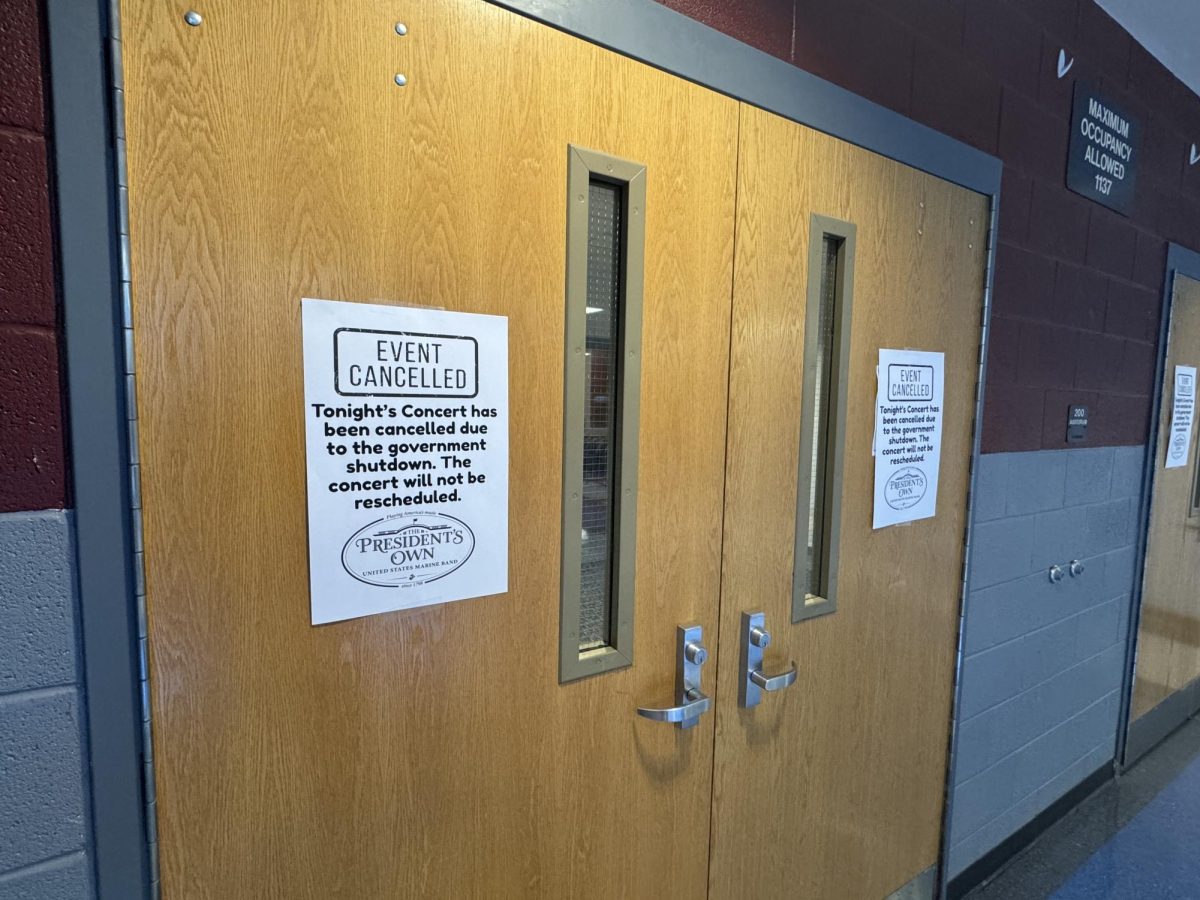Nuclear power is viable solution to energy crisis
January 21, 2017
Most people are picky about where their power comes from, always pointing their fingers at sources that leave behind a carbon footprint (i.e. fossil fuels). They then prefer “renewable” energy sources, like solar and wind power, which will seemingly last forever, or at the very least, we don’t have an effect on how long they’ll last. Not all nonrenewable energy sources should be treated equally, however, as one of the most efficient and virtually waste-free power sources is unfairly grouped together with fossil-fuels.
I’m of course talking about nuclear power, and you may be thinking: “Waste-free? What about nuclear waste?” Nuclear waste actually, if dealt with properly, poses no danger. The only reason you see it as a problem is because some power plants outsource their waste disposal to countries with fewer regulations, who dump the radioactive goo into waterways which poison the wildlife and citizenry. If regulation is followed, however, nuclear waste only has to be buried in underground deposits where it can decay in peace for nuclear power to have no downsides. Well, there actually is another downside people criticize nuclear power for, and that’s the severity of the meltdown. Chernobyl is the most serious nuclear disaster in history, killing, let’s say, 100,000 people indirectly due to cancer (sources vary). Compare this to the 7,500 deaths each year from the inhalation of coal particles, which surpasses the Chernobyl death count in just 14 years. This doesn’t even include the deaths from coal mining, either.
Would you not rather rely on a power source that only has a chance of failing and killing people, rather than one that does it every day? Nuclear fuel, Uranium 235, is expected to last 80 years from today. That sounds like plenty of time for solar and wind power to develop to the point to where they’re economically viable.


















